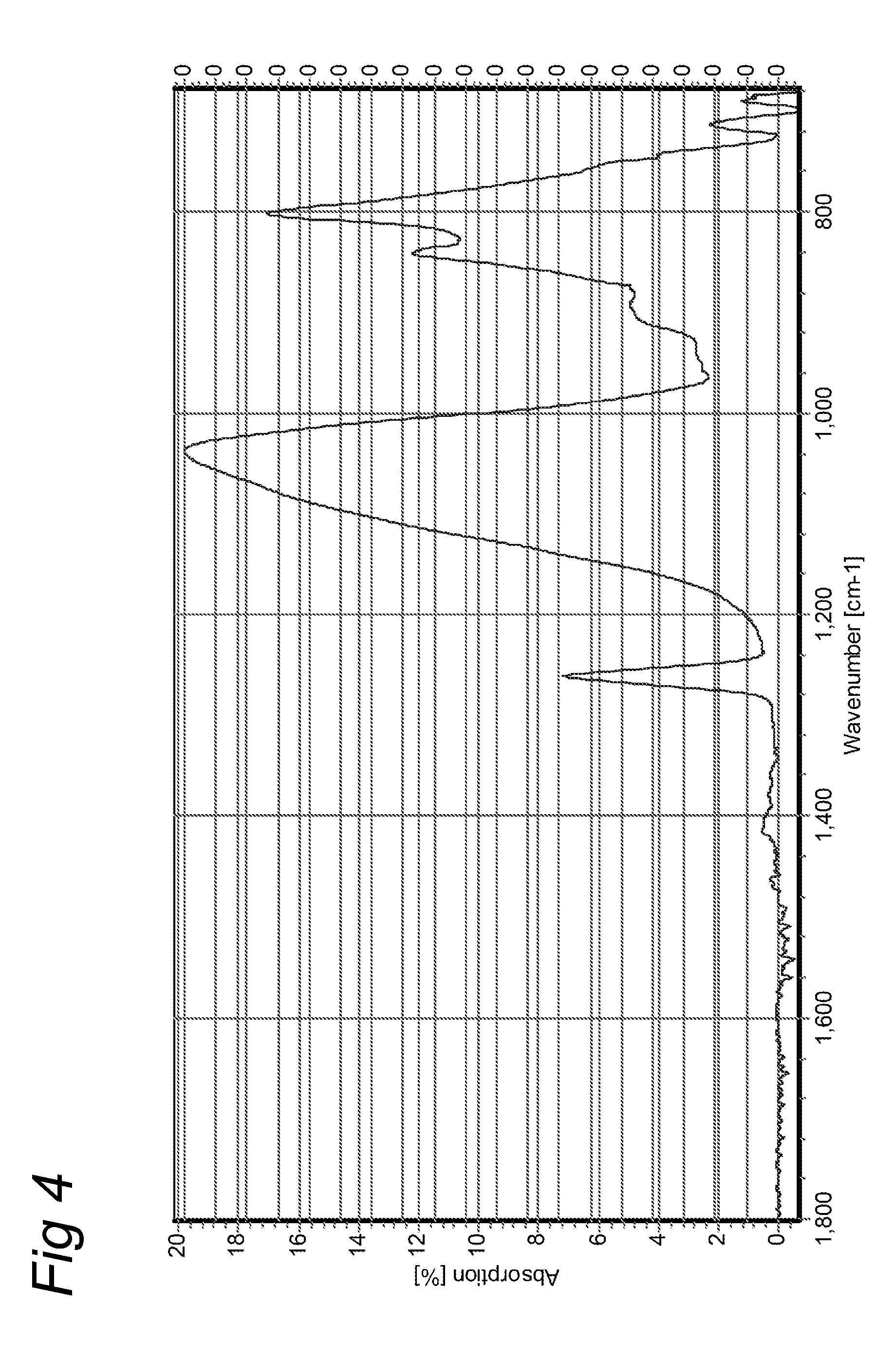Method for deposition using pulsed atmospheric pressure glow discharge
a pulsed atmospheric pressure and glow discharge technology, applied in the direction of chemical vapor deposition coating, coating, plasma technique, etc., can solve the problems of poor quality of the deposited layer, equipment is getting dirty, irregular, etc., to improve the wvtr of a triacetylcellulose (tac) film, improve the oxygen transmission rate, and improve the otr. , the effect of improving the otr
- Summary
- Abstract
- Description
- Claims
- Application Information
AI Technical Summary
Benefits of technology
Problems solved by technology
Method used
Image
Examples
Embodiment Construction
[0039]FIG. 1 shows a schematic view of a plasma apparatus 10 in which the present invention may be applied. A treatment space 5, which may be a treatment space within an enclosure 7, or a treatment space 5 with an open structure, comprises two electrodes 2, 3. In general the electrodes 2, 3 are provided with a dielectric barrier in order to be able to generate and sustain a glow discharge plasma at atmospheric pressure in the treatment space. Alternatively, a plurality of electrodes 2, 3 is provided. The electrodes 2, 3 are connected to a power supply 4, which is arranged to provide electrical power to the electrodes for generating the glow discharge plasma under an atmospheric pressure in the treatment space 5. In the treatment space 5, a combination of gasses is introduced from a gas supply device 8, including a pre-cursor. The gas supply device 8 may be provided with storage, supply and mixing components as known to the skilled person. The purpose is to have the precursor decompo...
PUM
| Property | Measurement | Unit |
|---|---|---|
| on-time | aaaaa | aaaaa |
| time period | aaaaa | aaaaa |
| time period | aaaaa | aaaaa |
Abstract
Description
Claims
Application Information
 Login to View More
Login to View More - R&D
- Intellectual Property
- Life Sciences
- Materials
- Tech Scout
- Unparalleled Data Quality
- Higher Quality Content
- 60% Fewer Hallucinations
Browse by: Latest US Patents, China's latest patents, Technical Efficacy Thesaurus, Application Domain, Technology Topic, Popular Technical Reports.
© 2025 PatSnap. All rights reserved.Legal|Privacy policy|Modern Slavery Act Transparency Statement|Sitemap|About US| Contact US: help@patsnap.com



